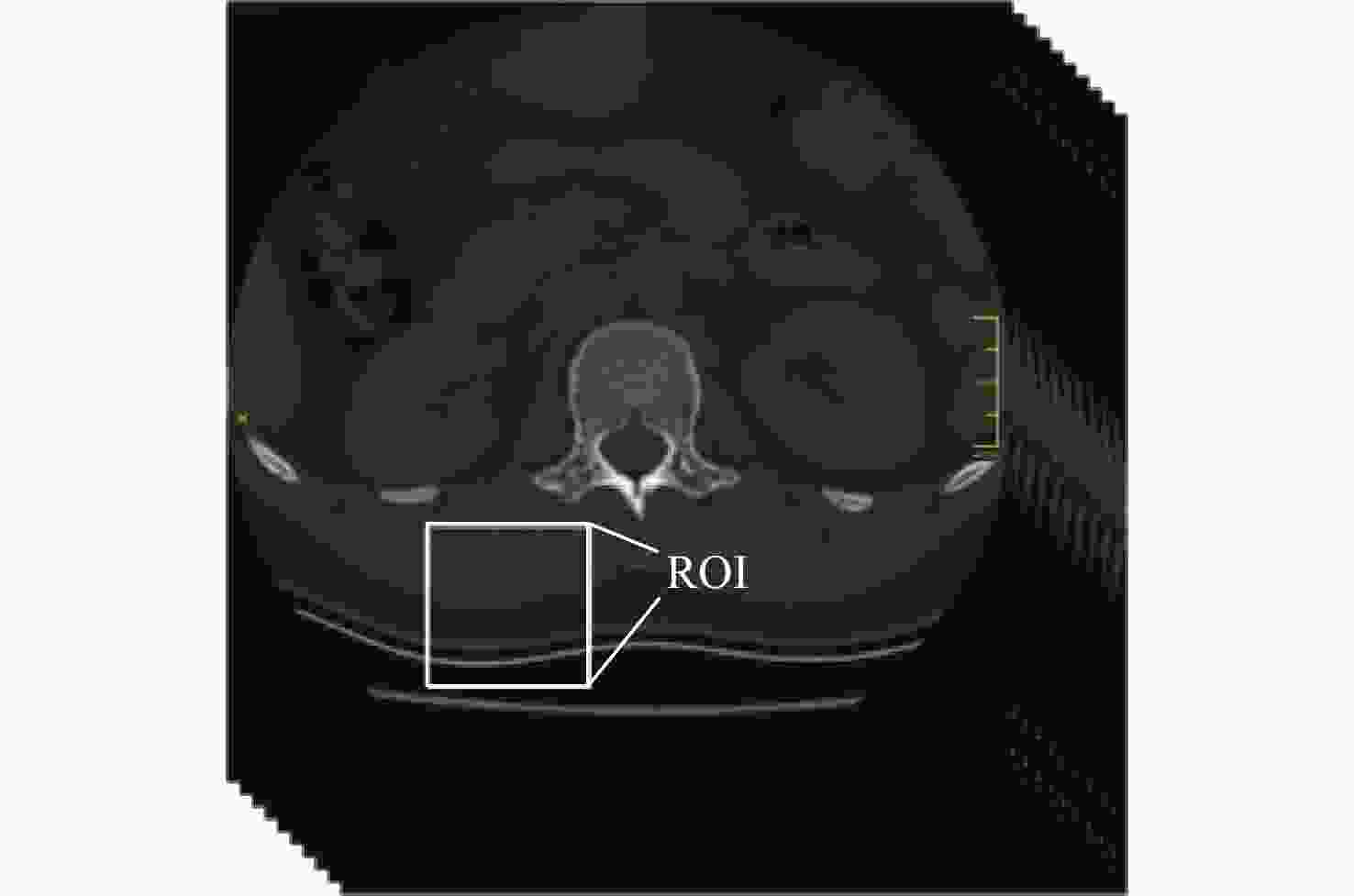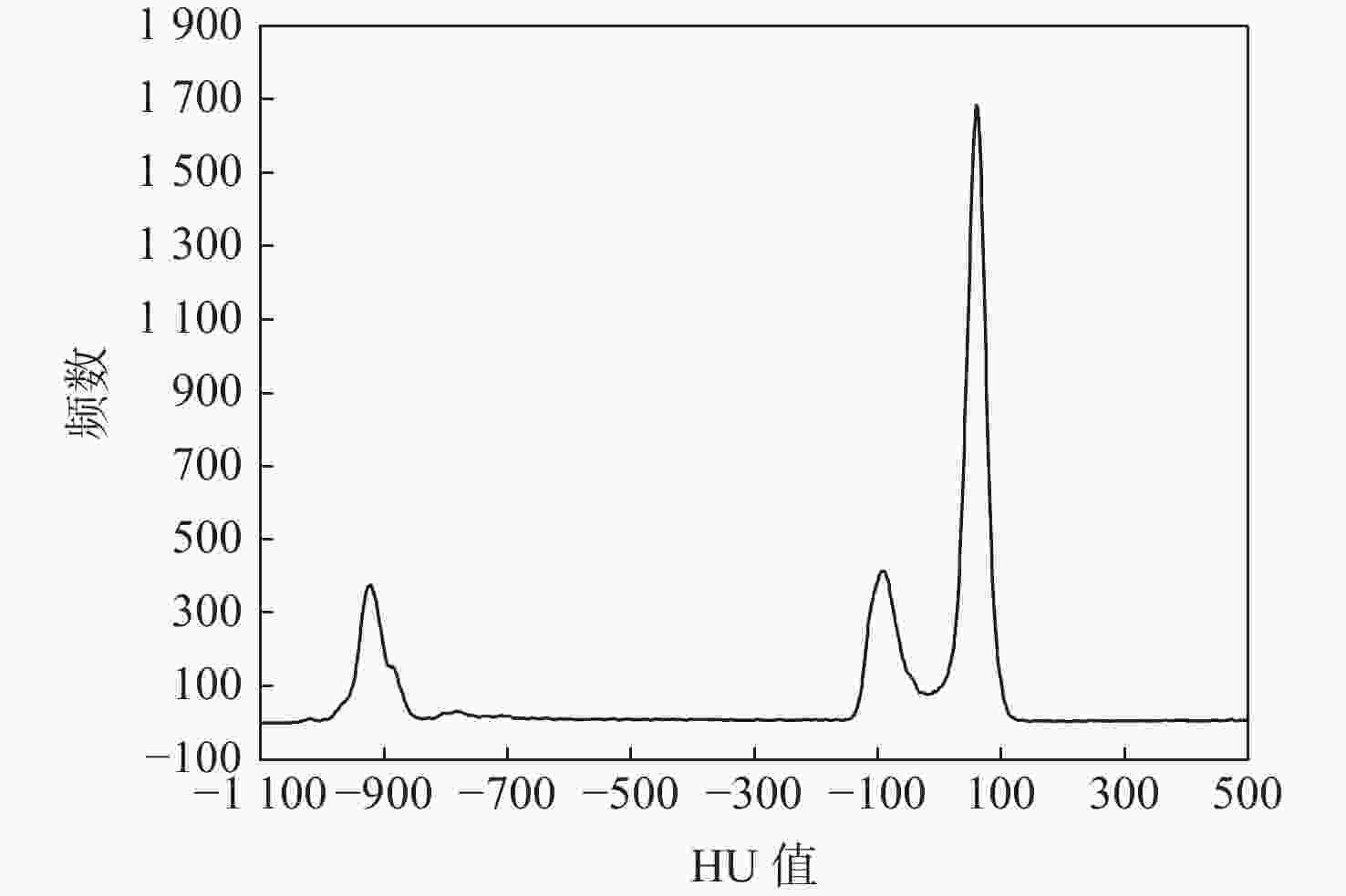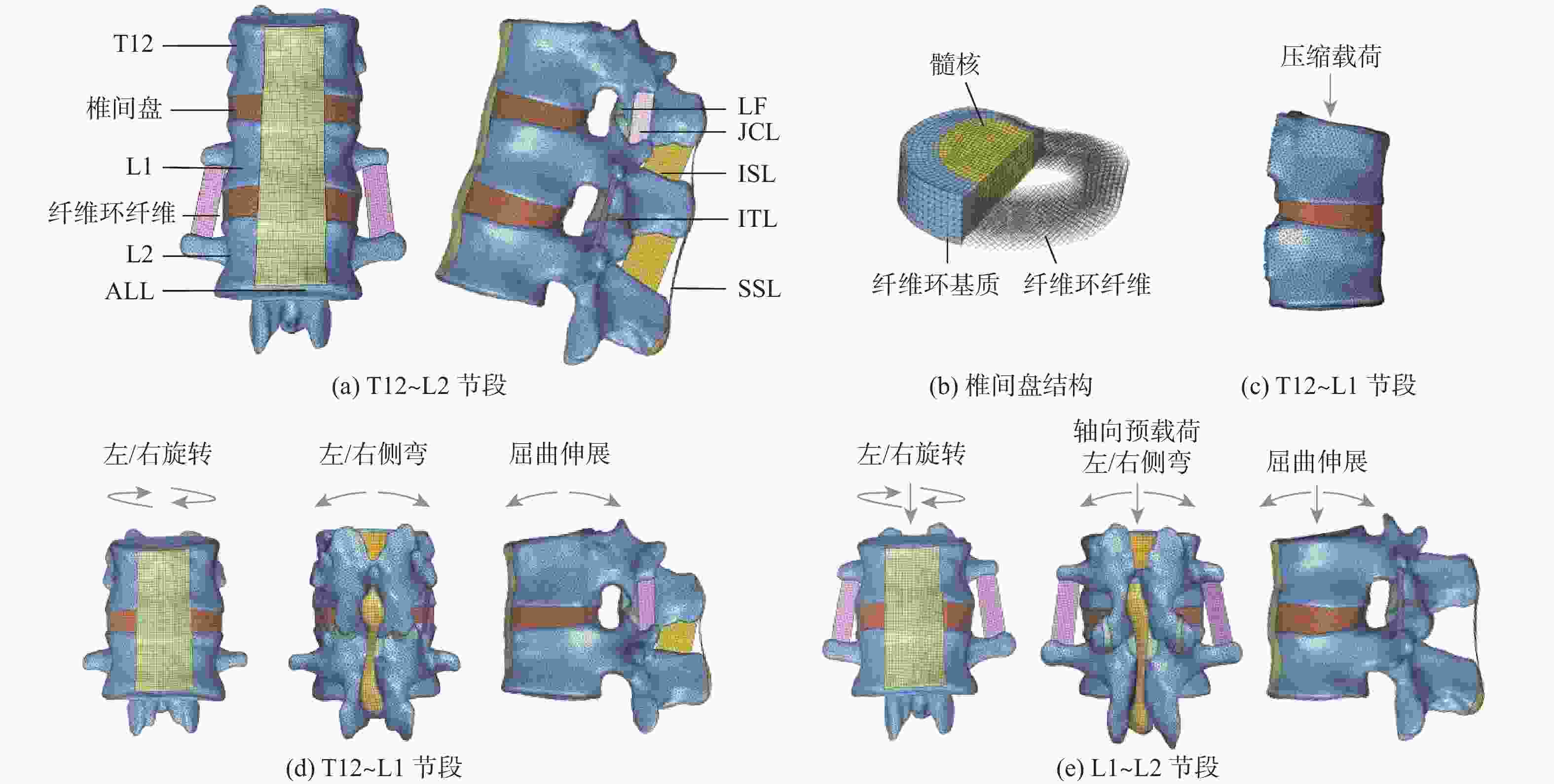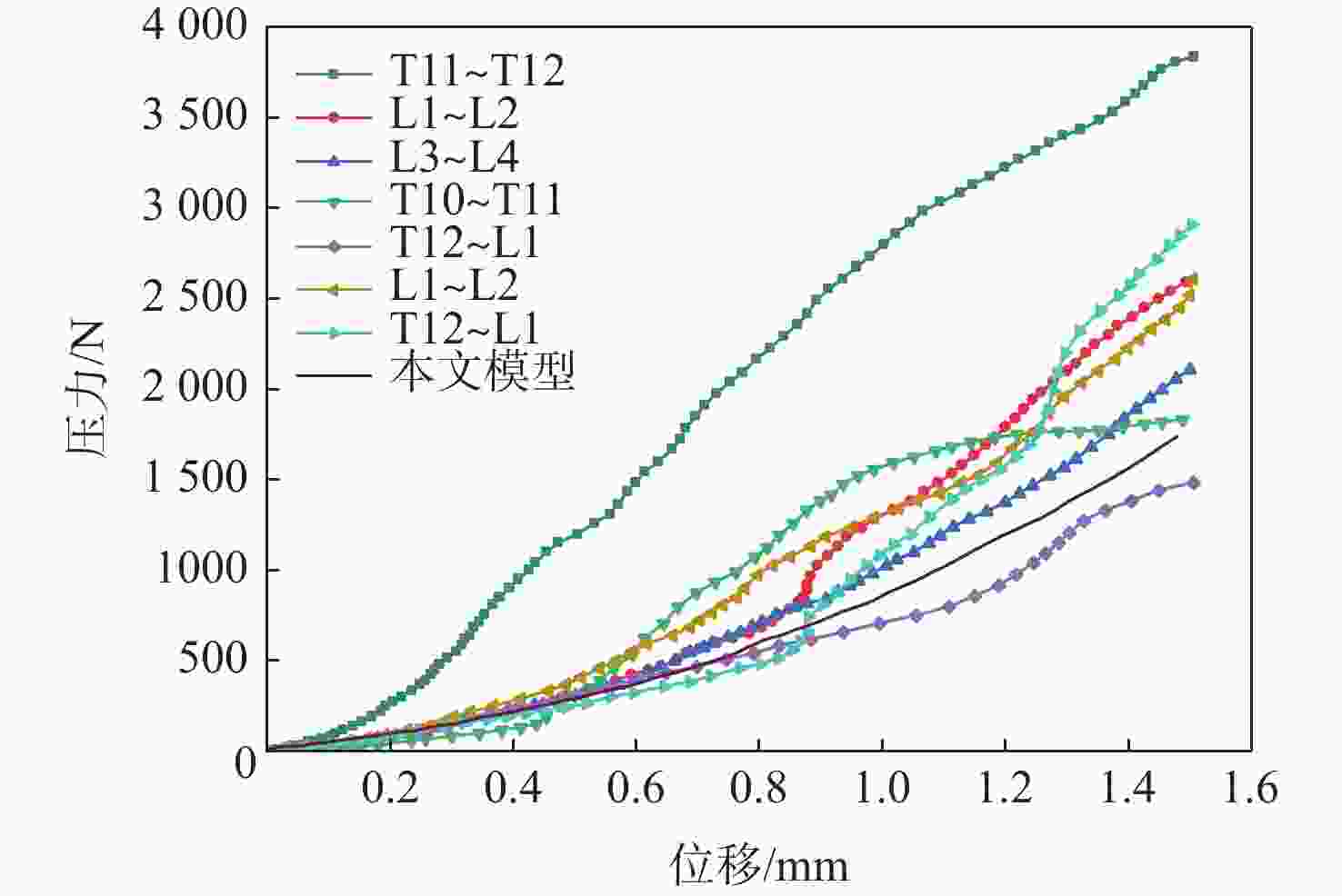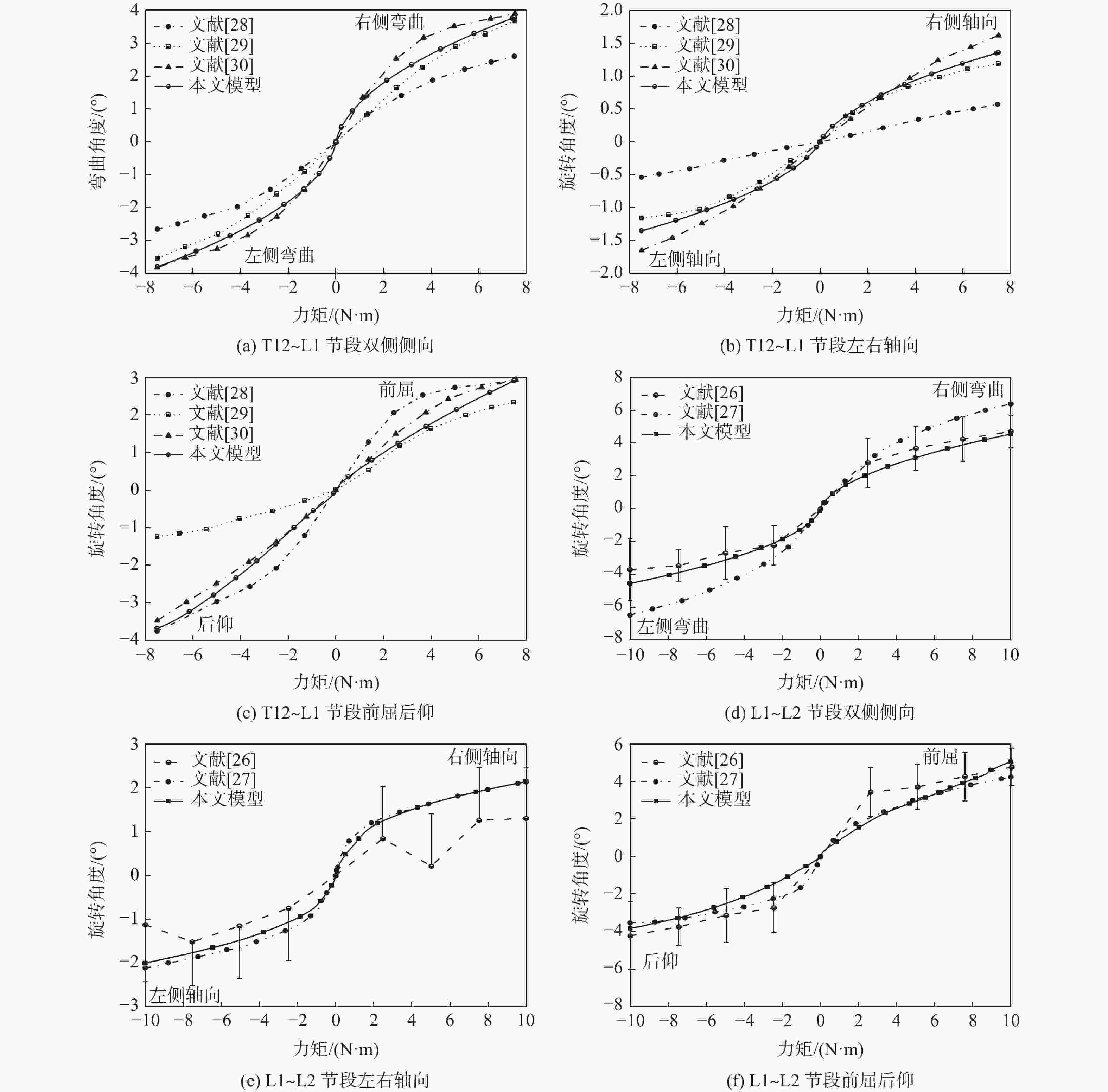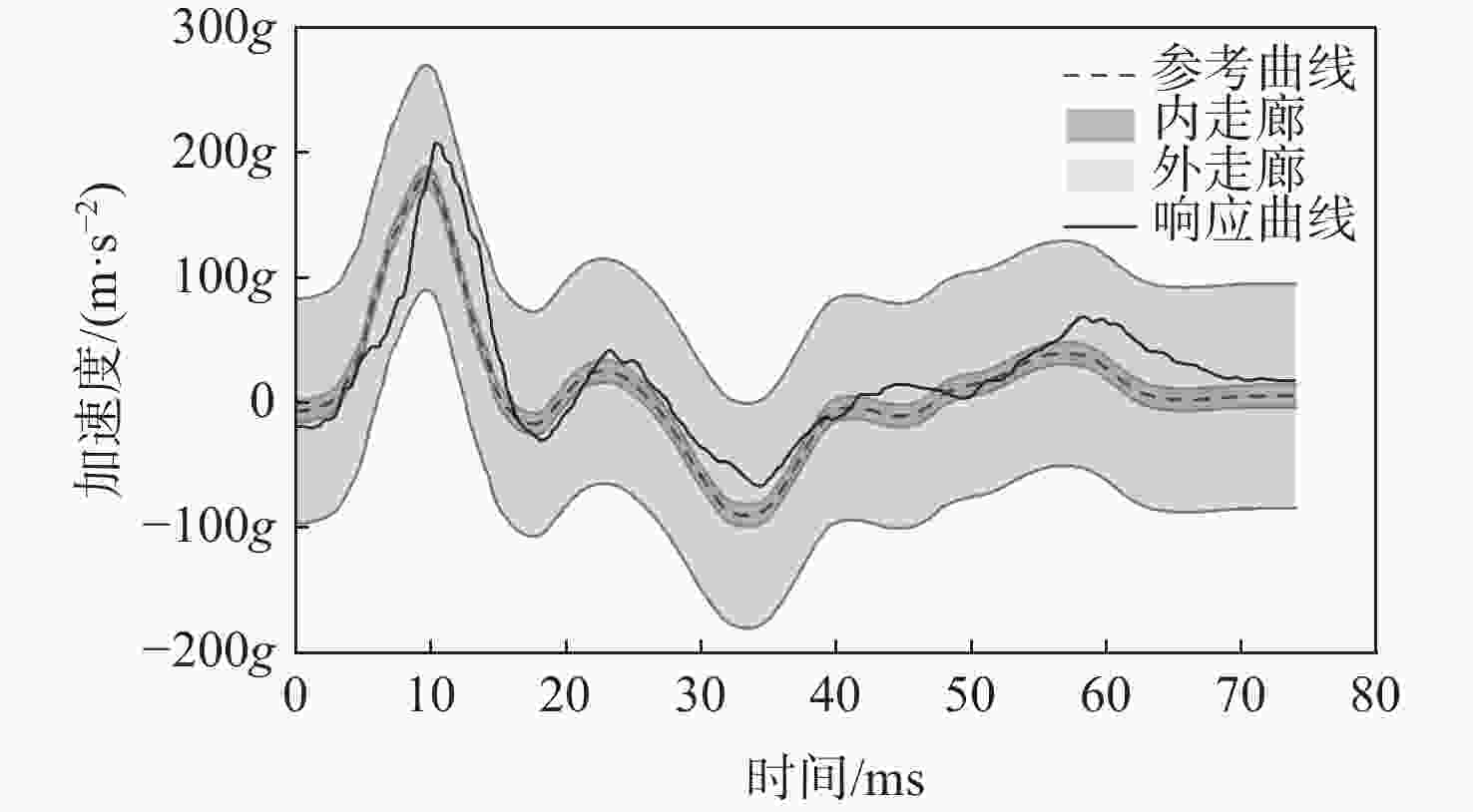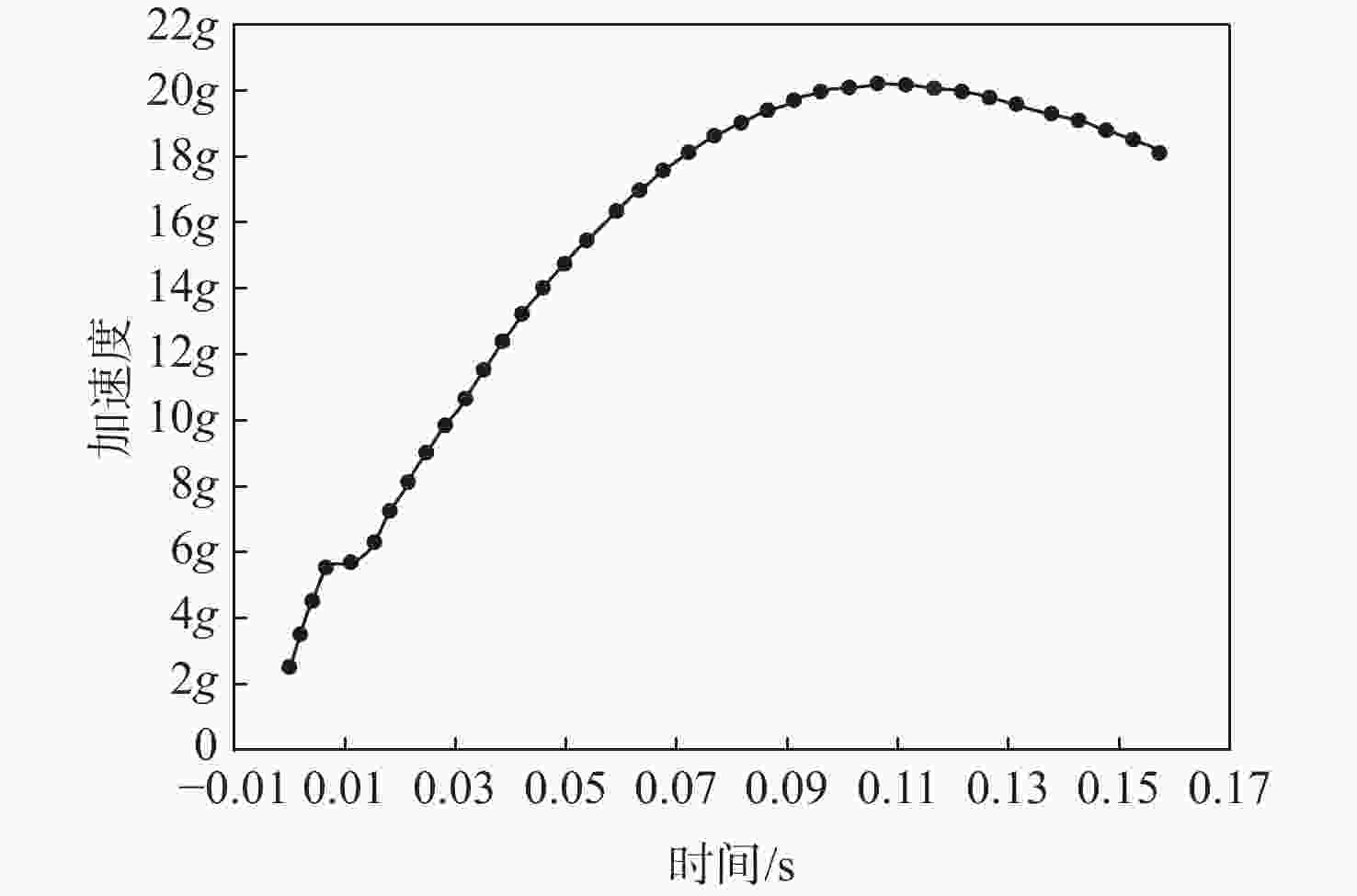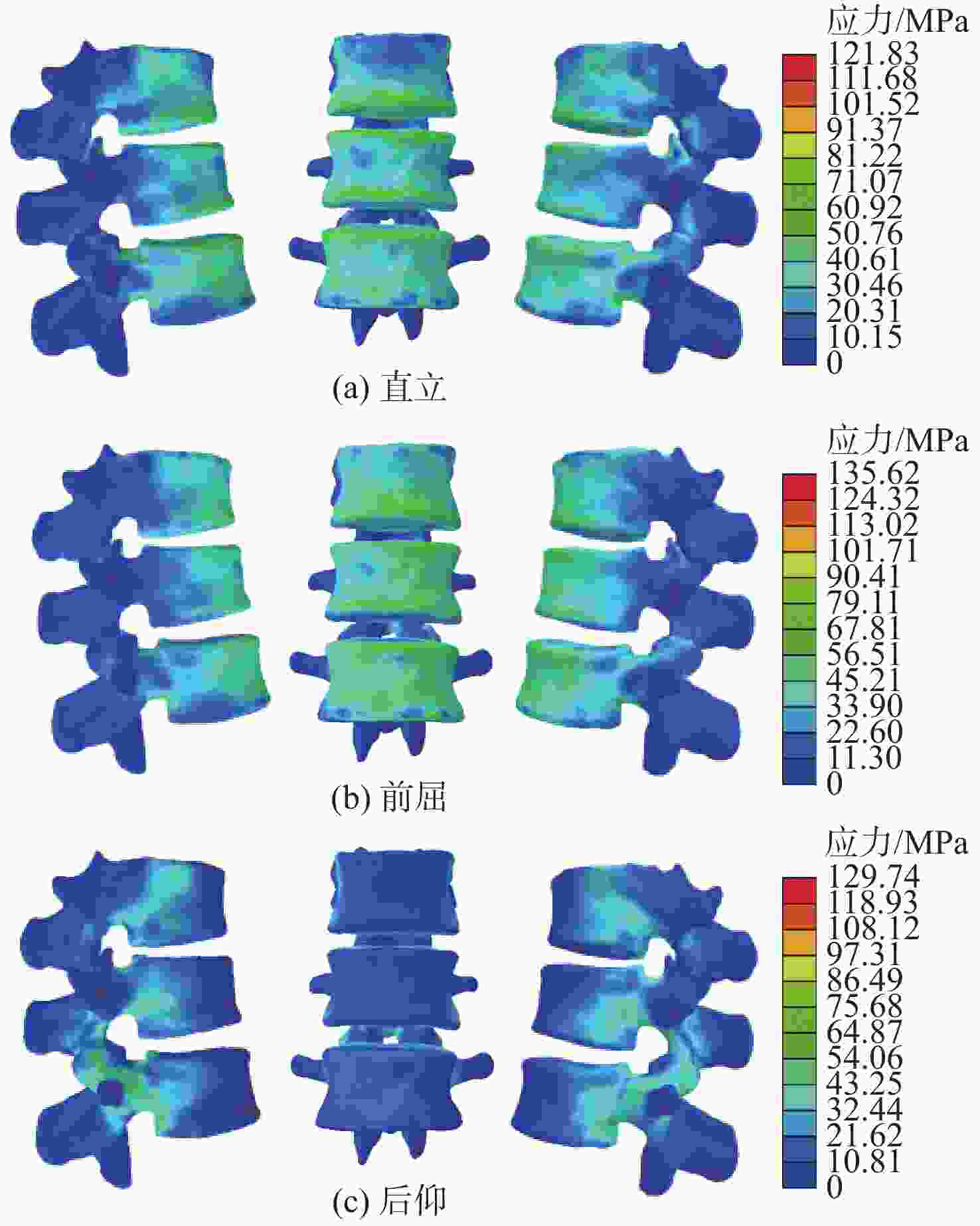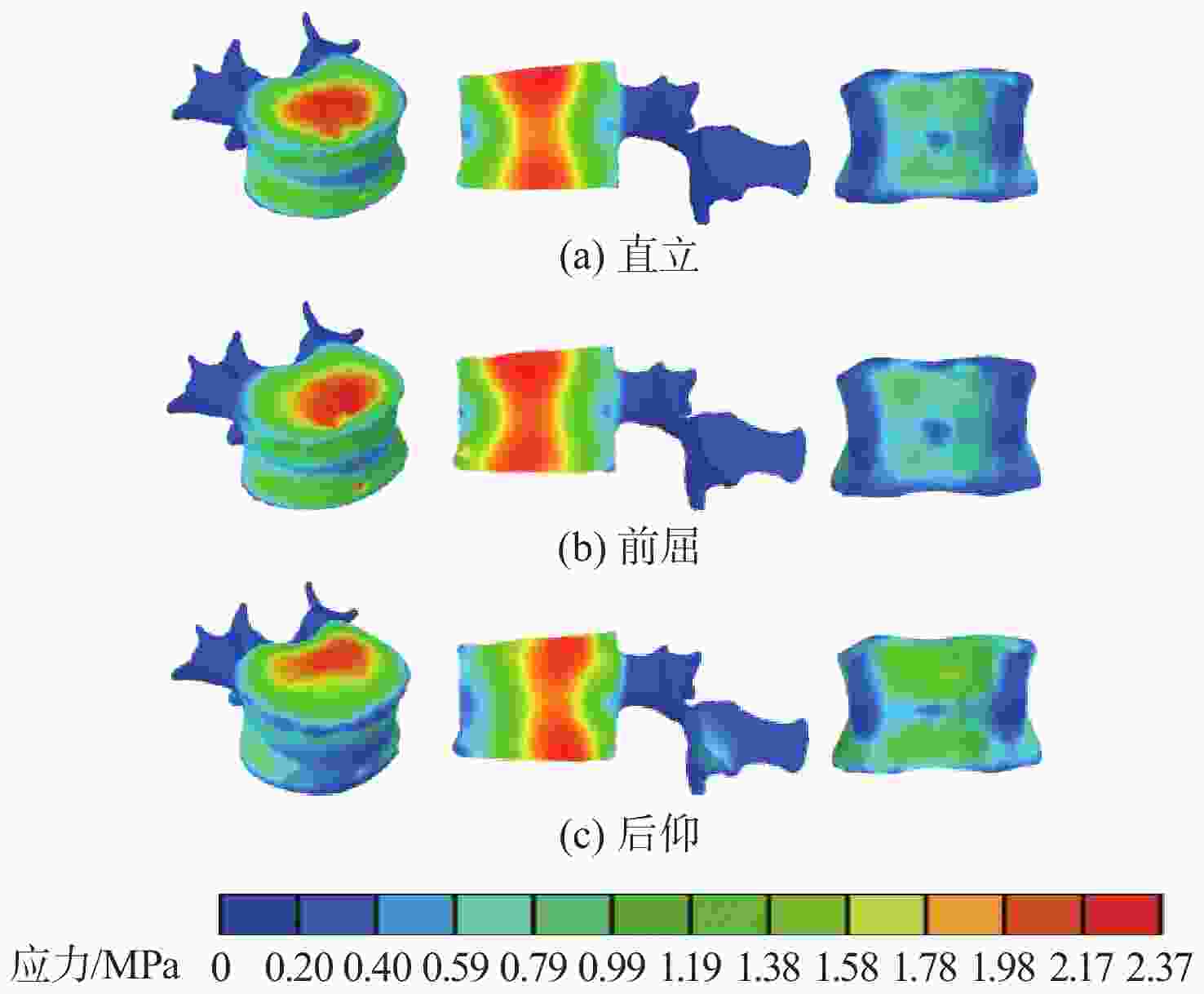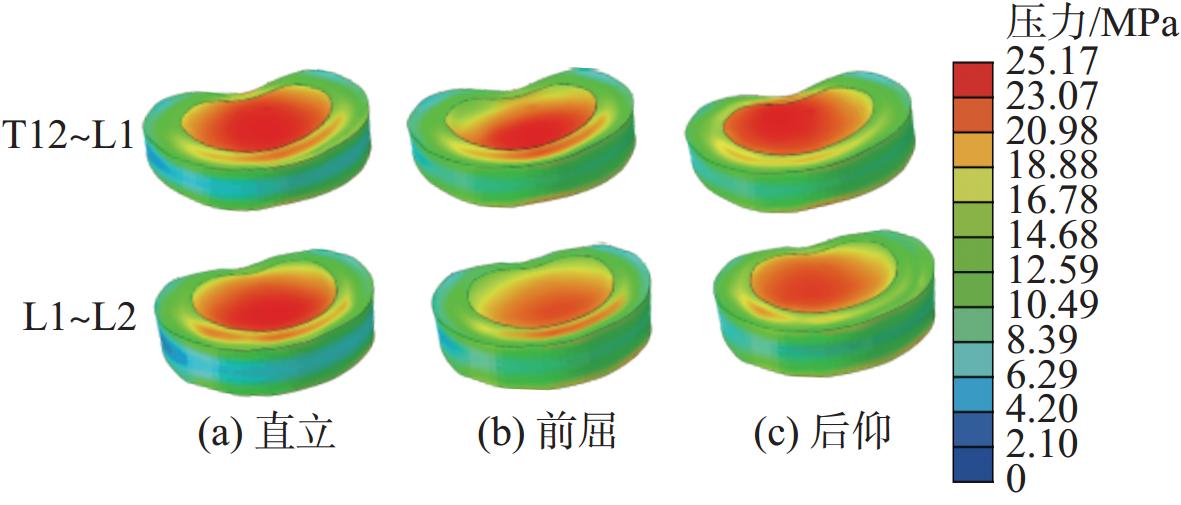Analysis of high load injury of thoracolumbar spine in pilots during ejection process
-
摘要:
针对战斗机飞行员在弹射过程中高负荷引起的胸腰段损伤率较高,且根据临床CT数据建立的有限元模型存在无法反映细微几何特征和骨骼非匀质属性,造成高负荷力学分析不准确等问题。采用非线性有限元方法建立表达特定对象皮质骨、松质骨厚度与密度的胸腰段(T12~L2)有限元模型,对弹射过程中战斗机飞行员胸腰段进行生物力学分析。基于胸腰段CT数据,将皮质骨测量(CBM)得到的皮质骨厚度和密度值纳入基于CT的胸腰段有限元建模过程中,并根据Hounsfield单位(HU)值计算各元素的弹性模量实现材质非均匀赋值,完成特定对象有限元模型的构建。通过添加边界条件和载荷对模型进行有效性验证,并模拟计算直立、前屈、后仰3种生理运动条件下弹射胸腰段脊柱的生物力学响应。结果表明:3种不同生理运动条件下弹射过程中椎骨对负荷的传递特性显著不同,直立生理运动条件下弹射,高负荷产生的椎骨直接急性损伤最小。
Abstract:In an attempt to accurately analyze high load, the finite element model established by clinical CT data was unable to capture the fine geometric features and heterogeneous properties of vertebrae, leading to an inaccurate analysis of the high rate of thoracolumbar spine injuries on fighter pilots during ejection. A finite element model of the thoracolumbar spine (T12-L2) was constructed based on nonlinear finite element, which represents the cortical thickness, cortical density, and cancellous bone density of specific-objects, to analyze the biomechanics of high load on the thoracolumbar spines of pilots during ejection. The object-specific finite element model was constructed based on the CT data of the thoracolumbar spine, and the cortical bone thickness and density values obtained from cortical bone mapping (CBM) were incorporated into the CT-based finite element modeling process of the thoracolumbar spine, and the elastic modulus of each element was calculated according to the Hounsfield units (HU) value to realize the heterogeneous assignment of material. By using the same loads and boundary conditions as those found in published in vitro studies, the model's correctness was confirmed. A Additionally, a simulation and computation were made of the biomechanical reaction of the thoracolumbar spine brought on by the ejection load in the upright, flexion, and extension physiological motion situations. The results showed that the vertebral load transfer characteristics were significantly different among the three different physiological motion conditions subjected to ejection loading, with the upright physiological motion conditions resulting in the least amount of direct acute injury to the vertebrae from the high load.
-
Key words:
- biomechanics /
- finite element analysis /
- high load damage /
- thoracolumbar spine /
- ejection
-
表 1 椎间盘髓核、纤维环基质及关节软骨材料属性
Table 1. Nucleus pulposus, annulus fibrosus matrix and articular cartilage material properties of intervertebral discs
材质种类 应变率 ${C_{10}}/{\text{MPa}}$ ${C_{01}}/{\mathrm{MPa}}$ 密度/(g·cm−3) 泊松比 杨氏模量/MPa 髓核 高 31.8 8.0 1 0.495 低 0.12 0.03 1 0.495 纤维环基质 高 11.8 2.9 1.2 0.45 低 0.18 0.045 1.2 0.45 关节软骨 1 0.4 10.4 肌肉等效体 1 650 3 350 1.1 0.492 下部骨骼等效体 1.1 0.3 10 000 -
[1] 原芳, 薛清华, 刘伟强. 有限元法在脊柱生物力学应用中的新进展[J]. 医用生物力学, 2013, 28(5): 585-590.YUAN F, XUE Q H, LIU W Q. Recent advances about finite element applications in spine biomechanics[J]. Journal of Medical Biomechanics, 2013, 28(5): 585-590(in Chinese). [2] EPSTEIN D, MARKOVITZ E, NAKDIMON I, et al. Injuries associated with the use of ejection seats: A systematic review, meta-analysis and the experience of the israeli air force, 1990—2019[J]. Injury, 2020, 51(7): 1489-1496. doi: 10.1016/j.injury.2020.04.048 [3] MANEN O, CLÉMENT J, BISCONTE S, et al. Spine injuries related to high-performance aircraft ejections: A 9-year retrospective study[J]. Aviation, Space, and Environmental Medicine, 2014, 85(1): 66-70. doi: 10.3357/ASEM.3639.2014 [4] SRIDHAR M S, JOSHI V V, PUNYASHLOK BISWAL. Analysis of ejection injury of spine in aviators[J]. International Journal of Scientific Research, 2019, 8(1): 40-43. [5] DREISCHARF M, ZANDER T, SHIRAZI-ADL A, et al. Comparison of eight published static finite element models of the intact lumbar spine: Predictive power of models improves when combined together[J]. Journal of Biomechanics, 2014, 47(8): 1757-1766. doi: 10.1016/j.jbiomech.2014.04.002 [6] REZAEI A, TILTON M, LI Y, et al. Single-level subject-specific finite element model can predict fracture outcomes in three-level spine segments under different loading rates[J]. Computers in Biology and Medicine, 2021, 137: 104833. doi: 10.1016/j.compbiomed.2021.104833 [7] KE S, HE X W, YANG M, et al. The biomechanical influence of facet joint parameters on corresponding segment in the lumbar spine: A new visualization method[J]. The Spine Journal: Official Journal of the North American Spine Society, 2021, 21(12): 2112-2121. doi: 10.1016/j.spinee.2021.05.024 [8] 秦计生, 王昱, 彭雄奇, 等. 全腰椎三维有限元模型的建立及其有效性验证[J]. 医用生物力学, 2013, 28(3): 321-325.QIN J S, WANG Y, PENG X Q, et al. Three-dimensional finite element modeling of whole lumbar spine and its biomechanical analysis[J]. Journal of Medical Biomechanics, 2013, 28(3): 321-325(in Chinese). [9] 包佳仪, 王兴伟, 周前祥, 等. 阻拦着舰过程中飞行员颈部的损伤分析与预测[J]. 北京麻豆精品秘 国产传媒学报, 2019, 45(3): 499-507.BAO J Y, WANG X W, ZHOU Q X, et al. Analysis and prediction of neck injury of pilots during carrier aircraft arrest deck-landing[J]. Journal of Beijing University of Aeronautics and Astronautics, 2019, 45(3): 499-507(in Chinese). [10] 陈吉清, 吴凯, 兰凤崇, 等. 中国成年男性全颈椎生物力学建模与验证[J]. 汽车工程, 2016, 38(11): 1305-1311.CHEN J Q, WU K, LAN F C, et al. Biomechanics modeling and validation for all cervical vertebrae of Chinese adult male[J]. Automotive Engineering, 2016, 38(11): 1305-1311(in Chinese). [11] 唐亮, 郑佳佳, 李文熙, 等. 人体腰椎生物力学模型及损伤参数敏感性分析[J]. 华南理工大学学报, 2020, 48(9): 94-105.TANG L, ZHENG J J, LI W X, et al. Biomechanical model of human lumbar spine and sensitivity analysis of injury parameters[J]. Journal of South China University of Technology, 2020, 48(9): 94-105(in Chinese). [12] TREECE G M, GEE A H. Independent measurement of femoral cortical thickness and cortical bone density using clinical CT[J]. Medical Image Analysis, 2015, 20(1): 249-264. doi: 10.1016/j.media.2014.11.012 [13] SCHILEO E, PITOCCHI J, FALCINELLI C, et al. Cortical bone mapping improves finite element strain prediction accuracy at the proximal femur[J]. Bone, 2020, 136: 115348. doi: 10.1016/j.bone.2020.115348 [14] KEYAK J H, KANEKO T S, TEHRANZADEH J, et al. Predicting proximal femoral strength using structural engineering models[J]. Clinical Orthopaedics and Related Research, 2005(8): 219-228. [15] SCHILEO E, DALL’ARA E, TADDEI F, et al. An accurate estimation of bone density improves the accuracy of subject-specific finite element models[J]. Journal of Biomechanics, 2008, 41(11): 2483-2491. doi: 10.1016/j.jbiomech.2008.05.017 [16] MORGAN E F, BAYRAKTAR H H, KEAVENY T M. Trabecular bone modulus-density relationships depend on anatomic site[J]. Journal of Biomechanics, 2003, 36(7): 897-904. doi: 10.1016/S0021-9290(03)00071-X [17] ÖHMAN C, BALEANI M, PANI C, et al. Compressive behaviour of child and adult cortical bone[J]. Bone, 2011, 49(4): 769-776. doi: 10.1016/j.bone.2011.06.035 [18] EGGERMONT F, VERDONSCHOT N, VAN DER LINDEN Y, et al. Calibration with or without phantom for fracture risk prediction in cancer patients with femoral bone metastases using CT-based finite element models[J]. PLoS One, 2019, 14(7): e0220564. doi: 10.1371/journal.pone.0220564 [19] LEE D C, HOFFMANN P F, KOPPERDAHL D L, et al. Phantomless calibration of CT scans for measurement of BMD and bone strength-Inter-operator reanalysis precision[J]. Bone, 2017, 103: 325-333. doi: 10.1016/j.bone.2017.07.029 [20] SHARMA M, LANGRANA N A, RODRIGUEZ J. Role of ligaments and facets in lumbar spinal stability[J]. Spine, 1995, 20(8): 887-900. doi: 10.1097/00007632-199504150-00003 [21] WAGNAC E, ARNOUX P J, GARO A, et al. Calibration of hyperelastic material properties of the human lumbar intervertebral disc under fast dynamic compressive loads[J]. Journal of Biomechanical Engineering, 2011, 133(10): 101007. doi: 10.1115/1.4005224 [22] SCHMIDT H, HEUER F, SIMON U, et al. Application of a new calibration method for a three-dimensional finite element model of a human lumbar annulus fibrosus[J]. Clinical Biomechanics, 2006, 21(4): 337-344. doi: 10.1016/j.clinbiomech.2005.12.001 [23] CHEUNG J T M, ZHANG M, CHOW D H K. Biomechanical responses of the intervertebral joints to static and vibrational loading: A finite element study[J]. Clinical Biomechanics, 2003, 18(9): 790-799. doi: 10.1016/S0268-0033(03)00142-6 [24] MENGONI M. Biomechanical modelling of the facet joints: A review of methods and validation processes in finite element analysis[J]. Biomechanics and Modeling in Mechanobiology, 2021, 20(2): 389-401. doi: 10.1007/s10237-020-01403-7 [25] EL-RICH M, ARNOUX P J, WAGNAC E, et al. Finite element investigation of the loading rate effect on the spinal load-sharing changes under impact conditions[J]. Journal of Biomechanics, 2009, 42(9): 1252-1262. doi: 10.1016/j.jbiomech.2009.03.036 [26] PANJABI M M, OXLAND T R, YAMAMOTO I, et al. Mechanical behavior of the human lumbar and lumbosacral spine as shown by three-dimensional load-displacement curves[J]. The Journal of Bone and Joint Surgery American Volume, 1994, 76(3): 413-424. [27] PARK W M, KIM K, KIM Y H. Effects of degenerated intervertebral discs on intersegmental rotations, intradiscal pressures, and facet joint forces of the whole lumbar spine[J]. Computers in Biology and Medicine, 2013, 43(9): 1234-1240. doi: 10.1016/j.compbiomed.2013.06.011 [28] MARKOLF K L. Deformation of the thoracolumbar intervertebral joints in response to external loads: A biomechanical study using autopsy material[J]. The Journal of Bone and Joint Surgery American Volume, 1972, 54(3): 511-533. [29] QIU T X, TAN K W, LEE V S, et al. Investigation of thoracolumbar T12-L1 burst fracture mechanism using finite element method[J]. Medical Engineering & Physics, 2006, 28(7): 656-664. [30] OXLAND T R, LIN R M, PANJABI M M. Three-Dimensional mechanical properties of the thoracolumbar junction[J]. Journal of Orthopaedic Research, 1992, 10(4): 573-580. doi: 10.1002/jor.1100100412 [31] IVANCIC P C. Biomechanics of thoracolumbar burst and chance-type fractures during fall from height[J]. Global Spine Journal, 2014, 4(3): 161-168. doi: 10.1055/s-0034-1381729 [32] NUSHOLTZ G S, AOUN Z, DI DOMENICO L, et al. Statistical considerations for evaluating biofidelity, repeatability, and reproducibility of ATDs[J]. SAE International Journal of Transportation Safety, 2013, 1(1): 200-218. doi: 10.4271/2013-01-1249 [33] KUMAR V, MISHRA R K, KRISHNAPILLAI S. Study of pilot’s comfortness in the cockpit seat of a flight simulator[J]. International Journal of Industrial Ergonomics, 2019, 71: 1-7. doi: 10.1016/j.ergon.2019.02.004 [34] 王一丁, 童明波, 闫家益, 等. 某型飞机弹射座椅穿盖弹射试验与数值模拟[J]. 南京麻豆精品秘 国产传媒学报, 2013, 45(3): 336-340.WANG Y D, TONG M B, YAN J Y, et al. Test and numerical simulation of through canopy ejection for aircraft[J]. Journal of Nanjing University of Aeronautics & Astronautics, 2013, 45(3): 336-340(in Chinese). [35] 李武杰, 郭立新. 不同姿势对脊椎胸腰节段爆裂骨折的影响[J]. 东北大学学报(自然科学版), 2020, 41(4): 534-540.LI W J, GUO L X. Effect of different postures on burst fracture of thoracolumbar segment[J]. Journal of Northeastern University (Natural Science), 2020, 41(4): 534-540(in Chinese). [36] PANJABI M M, KIFUNE M, WEN L, et al. Dynamic canal encroachment during thoracolumbar burst fractures[J]. Journal of Spinal Disorders, 1995, 8(1): 39-48. [37] ZHAO J Z, NARWANI G. Biomechanical analysis of hard tissue responses and injuries with finite element full human body model[C]//Proceedings of the 20th International Technical Conference on the Enhanced Safety of Vehicles. Bethesda: National Library of Medicine, 2007: 343-366. [38] ZHAO F D, POLLINTINE P, HOLE B D, et al. Vertebral fractures usually affect the cranial endplate because it is thinner and supported by less-dense trabecular bone[J]. Bone, 2009, 44(2): 372-379. doi: 10.1016/j.bone.2008.10.048 [39] MAGERL F, AEBI M, GERTZBEIN S D, et al. A comprehensive classification of thoracic and lumbar injuries[J]. European Spine Journal, 1994, 3(4): 184-201. doi: 10.1007/BF02221591 -






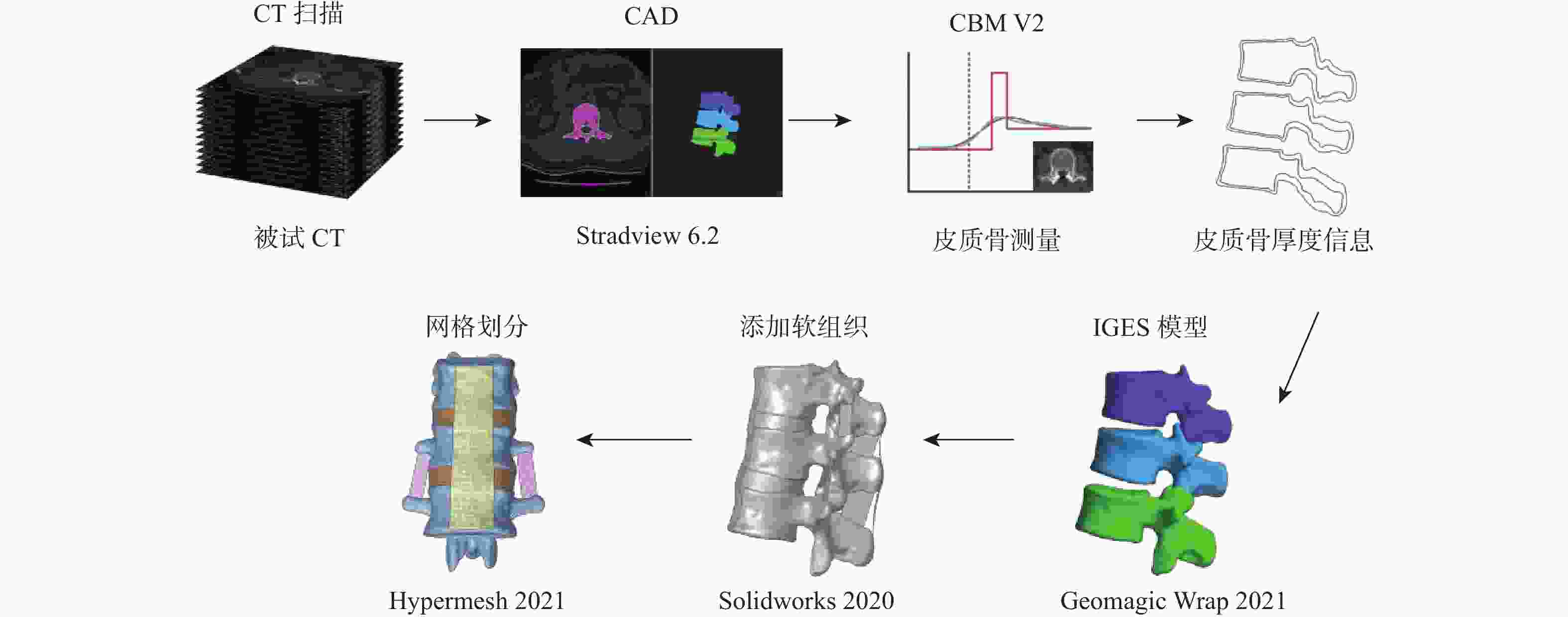
 下载:
下载:
